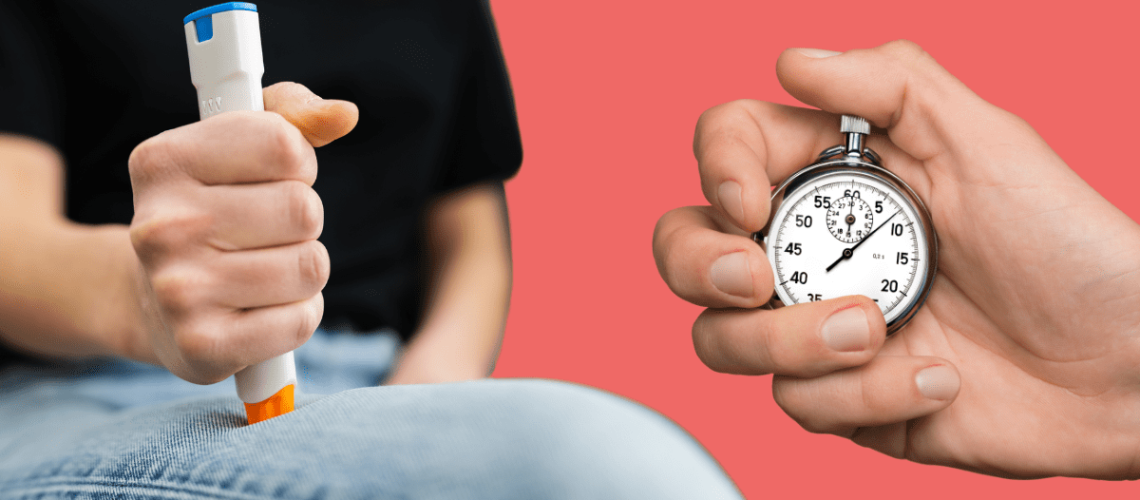Anaphylaxis can happen anywhere and at any time if there is exposure to an allergen. While families, schools, childcare centers, and other locations have epinephrine on hand, understanding what is happening to someone during a severe allergic reaction and how it can become dangerous is important for quick recognition.
What starts a reaction?
An allergic reaction only starts once exposure to an allergen occurs. Depending on the allergy, the exposure can come in different forms. For most food allergy, only exposure to protein in the food is what triggers the reaction. People with allergy have cells that will only start a reaction when the allergen is found – like a key to a lock.
What happens during a reaction?
Using the lock and key analogy, once the allergen reaches the mast cells in your body, the allergen opens the door to allow chemicals to “fight” the allergen. While typically allergens are harmless, an allergic reaction is not. Histamines are released into your bloodstream to fight off the perceived invader.
Histamines can cause localized reactions but they also cause systemic reactions. They can cause mucus production, itching, bronchoconstriction, and vasodilation.
How does an allergic reaction turn dangerous?
Once the mast cells in your body start releasing chemicals, depending on the level of exposure and severity of the allergy, the amount of histamines may overwhelm your body’s natural way of fighting them off. While antihistamines may improve reactions, especially skin signs and symptoms and mucus production, they are not the medication that stops impacts on the heart and lungs. Epinephrine is the only medication that can stop those.
While our bodies naturally make epinephrine in the form of adrenaline, people with allergy may react with more chemicals than their body can naturally fight – that’s why epinephrine is used to help the body continue to get oxygen to the brain. Using antihistamines – especially Benedryl – can mask dangerous signs of anaphylaxis. If you aren’t getting enough oxygen to your brain, your mental state can be altered but that can be missed if you are sleepy from taking an antihistamine.
Why does anaphylaxis need to be recognized quickly?
Anaphylaxis is life-threatening as it can stop enough oxygen from getting to your brain and it can cause lots of stress only your heart. Epinephrine should be used quickly to stop an allergic reaction before it spreads chemicals around your body in amounts that it can’t fight.
Think of a train starting to leave the station. If the conductor finds out about a break in the tracks before it even leaves the station, the train will be able to stop before there is any risk. The farther from the station the train gets, the longer it will take to stop as it has gathered speed and momentum. If epinephrine is used quickly, the reaction can be stopped before it has the chance to harm the person. The longer you wait, the harder epinephrine will have to work and even then, it might not be enough.
There is no way to know what reaction will overwhelm someone’s natural ability to fight allergy so being prepared with epinephrine and training on recognizing the signs and symptoms of anaphylaxis prevents bad outcomes.




